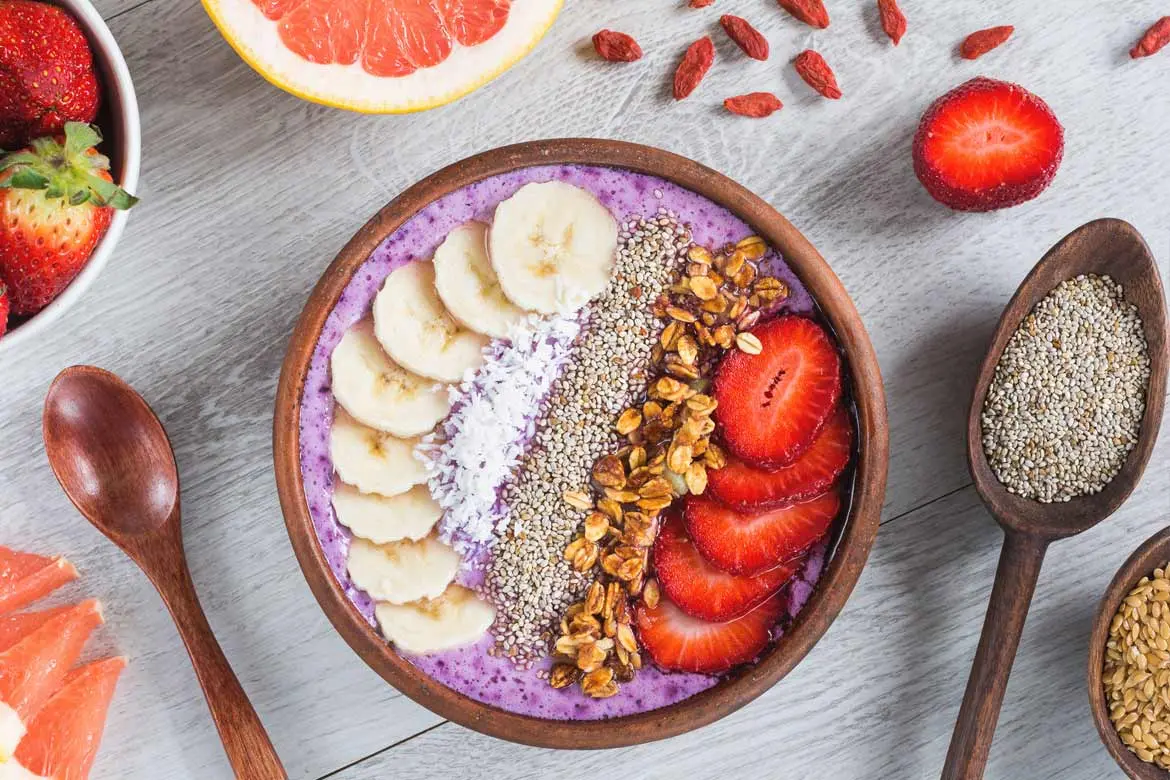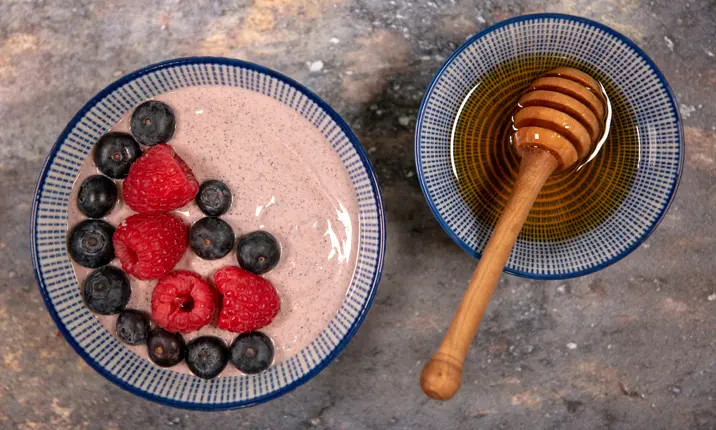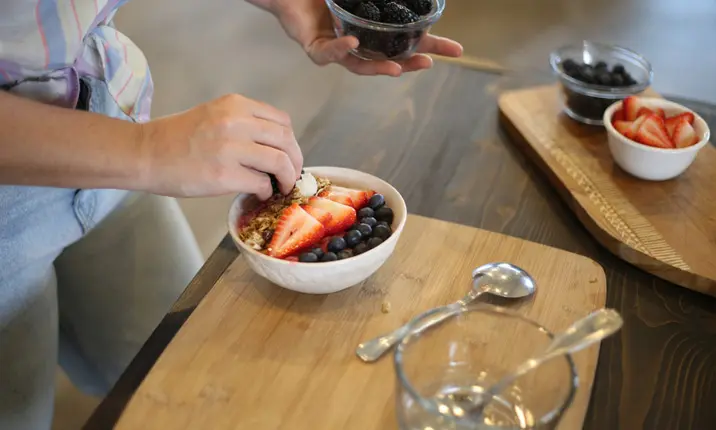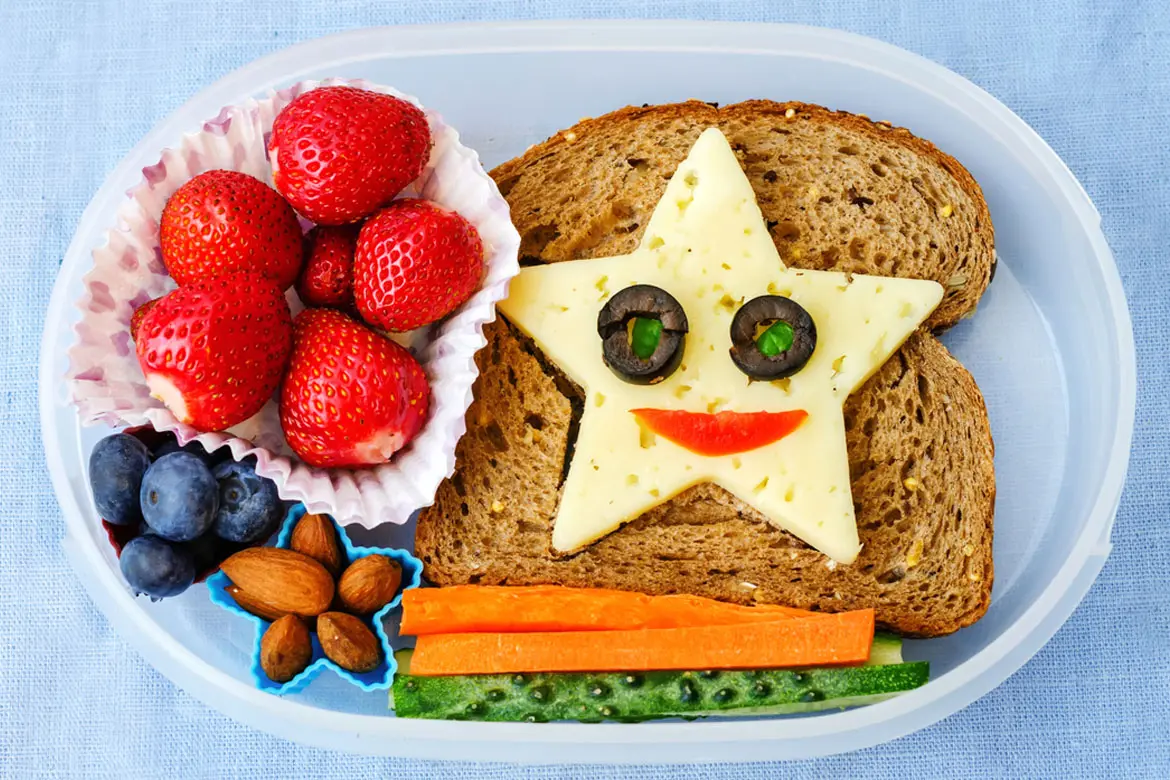Acai berries are known to be high in antioxidant and fibre. As a result, many people are taking great pains to add them to their daily diets, and acai bowls are a popular choice.
What are acai bowls?
Acai bowls are essentially a base of pureed or blended acai berries, usually mixed with other fruits to achieve the desired texture, and topped with your choice of more fruits and grains. They are certainly a visual and flavour upgrade from bland bowls of oatmeal and arguably a healthier breakfast choice than, say, kaya toast or roti prata.
However, are acai bowls really as healthy as people think?
Nutritional value of acai berries
Acai berries are rich in antioxidants, fibre, amino acids and plant compounds known as phytochemicals. Nutritionally, 100g of frozen pulp on average contains:
- 80 calories
- 6g of fat
- 1.5g of saturated fat
- 5g of carbohydrates
- 2g of sugar
- 3g of fibre
- Vitamin A
- Vitamin C
Health benefits of acai berries
Thanks to its high levels of antioxidants and phytochemicals, acai berries are believed to offer many benefits. These include:
- Heart health, by improving cholesterol levels
- Cognitive function, by fighting inflammation and oxidation in brain cells
- Immunity, by protecting the body from infection and free radicals
- Weight management, by increasing satiety and metabolic rates
- Digestion, by removing toxins and preventing constipation
However, while the data is encouraging, experts agree that more research is needed hence it's important to practice moderation in your consumption of acai berries. At the end of the day, it's better to consume a balanced diet comprising a variety of whole foods, with fruits and vegetables of various colours.
Are acai bowls healthy?
The acai berry, when eaten on its own, tastes like a cross between blackberries and unsweetened chocolate. This is why commercial bowl brands tend to add artificial syrups and sugar in the recipe to mask the taste. The mixture may also be blended with sweetened soy or almond milk, and fruit juice, which further contributes to the sugar levels.
Calories in acai bowls
An average-sized acai bowl can have anywhere from 21 – 62g of sugar per serving. The World Health Organisation (WHO) recommends adults and children to keep their sugar intake at no more than 10% of their total energy intake, which is roughly 45g for a 1,800kcal diet, to reduce risks of overweight, obesity and tooth decay.
Sugar content in acai bowls
The toppings on acai bowls contributes to its overall sugar content. This includes natural sugars from fruits such as bananas, mango and coconut. When you add even more sweet toppings, such as honey and chocolate sprinkles, you could be dangerously close to consuming close to 1,000 calories per acai bowl!
This makes the nutrient-dense acai bowl a potential pitfall that sabotages your weight loss progress.
Considering that an average Singaporean man and woman needs approximately 2,200kcal and 1,800kcal respectively per day to maintain a healthy body weight, acai bowls may not be as healthy as they appear to be.
In addition, overconsumption of sugar, whether from natural or artificial sources, can put you at risk of becoming overweight and obese, which could lead to increased risk of Type 2 diabetes.
However, that's not to say you have to forgo these potential sugar bombs completely. Here are some practical tips on how to enjoy acai bowls healthily:
How to enjoy acai bowls healthily
Watch your portions
Acai bowls contain puree and fruit that have been blended together, hence the fibre is lost and you may not be as full as if you ate the fruit whole. This may result in overeating and consuming more calories than you can burn if you're not careful!
Check the list of ingredients
Go for unsweetened acai berry puree if you can, and look for bowls that have fewer of the ingredients or toppings that will add to the sugar levels. When buying acai bowls outside, ask what goes into it.
Opt for half fruit, half veg
At outlets where you can create your own bowl, limit the amount of fruit including the acai to one cup and choose vegetables such as zucchini or cauliflower. Avoid overly sweet toppings.
Make your own acai bowl
The best way to control the sugar content is to make your own bowl at home! Blend your unsweetened puree with sweeter vegetables like pumpkin for natural sweetness and added fibre. Choose unsweetened nut milk, and natural unsweetened Greek yoghurt for creaminess, or nut butter or avocado for protein and fat. Protein and fat will help to give you a feeling of fullness and to keep your blood sugar stable so you don't get hungry too quickly.
In short, if you are mindful of the added ingredients that go into your acai bowl, as well as the portion size per serving, you can still enjoy this delicious breakfast and reap the benefits of the acai berry without taking in all the unwanted sugar and calories!













